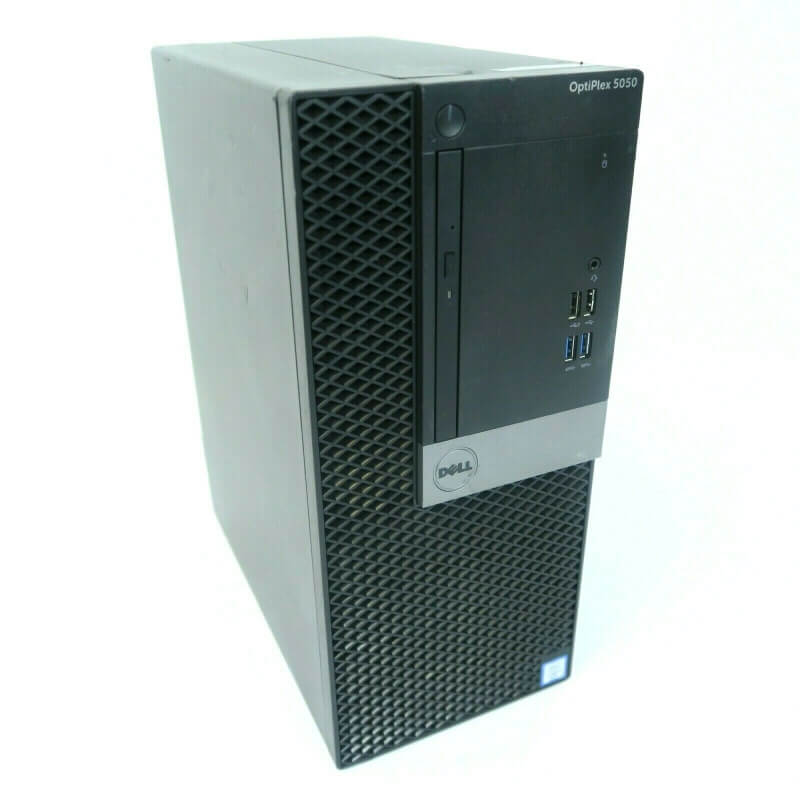

During the announcement, Intel also demonstrated two computers with desktop and mobile Skylake prototypes: the first was a desktop testbed system, running the latest version of 3DMark, while the second computer was a fully functional laptop, playing 4K video. The Skylake development platform was announced to be available in Q1 2015. In September 2014, Intel announced the Skylake microarchitecture at the Intel Developer Forum in San Francisco, and that volume shipments of Skylake CPUs were scheduled for the second half of 2015. A major priority of Skylake's design was to design a microarchitecture for envelopes as low as 4.5W to embed within tablet computers and notebooks in addition to higher-power desktop computers and servers. The final design was largely an evolution of Haswell, with minor improvements to performance and several power-saving features being added. Skylake's development, as with previous processors such as Banias, Dothan, Conroe, Sandy Bridge, and Ivy Bridge, was primarily undertaken by Intel Israel at its engineering research center in Haifa, Israel. 8.7.1 Xeon Bronze and Silver (dual processor).8.7 Skylake-SP (14 nm) Scalable Performance.8.3 Xeon High-end desktop processors (Skylake-X).8.2 High-end desktop processors (Skylake-X).6 Architecture changes compared to Broadwell microarchitecture.



 0 kommentar(er)
0 kommentar(er)
